How Modern Solar Path Lights Adapt to Low-Light Environments
Modern solar path lights have revolutionized outdoor illumination by ingeniously adapting to low-light environments. These advanced lighting solutions utilize cutting-edge photovoltaic technology, energy-efficient LED bulbs, and smart sensors to maximize light absorption and storage during daylight hours. When darkness falls, they employ sophisticated light-sensing mechanisms to automatically activate, providing consistent illumination even in challenging low-light conditions.
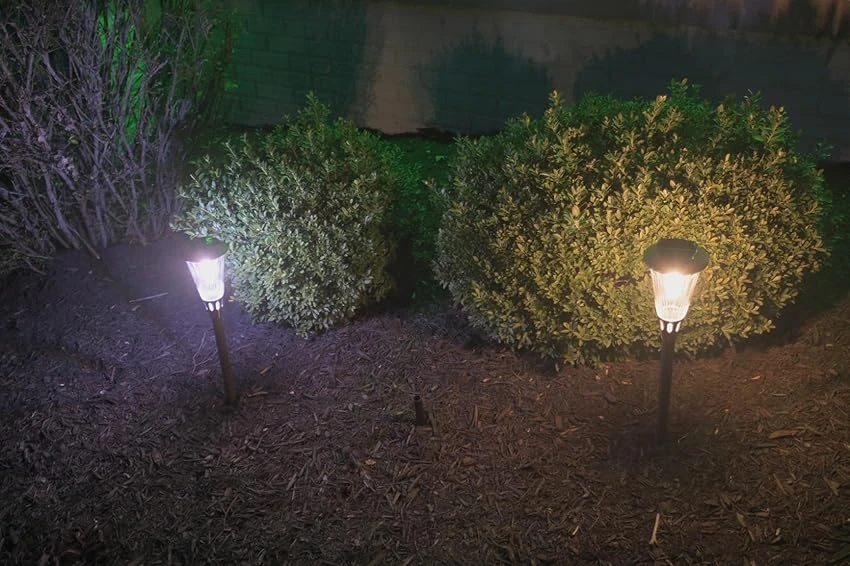
Advancements in Solar Panel Technology for Enhanced Light Absorption
High-Efficiency Monocrystalline Silicon Solar Panels
Modern solar path lights have made significant strides in their ability to capture and convert sunlight into usable energy. One of the key advancements is the integration of high-efficiency monocrystalline silicon solar panels. These panels, like the 5V monocrystalline silicon solar panels used in BITPOTT outdoor solar lights, offer superior energy conversion rates compared to their predecessors.
The increased efficiency of these solar panels means that modern solar path lights can generate more power even in less-than-ideal lighting conditions. With conversion rates increased by up to 26%, these advanced panels can charge the built-in batteries faster and more efficiently. This improvement allows the lights to store more energy during daylight hours, ensuring they have ample power to illuminate pathways throughout the night.
Improved Light-Sensitive Sensors
Another crucial advancement in modern solar path lights is the incorporation of improved light-sensitive sensors. These sensors play a vital role in adapting to low-light environments by accurately detecting ambient light levels. When the sensors detect that natural light has diminished below a certain threshold, they automatically trigger the lights to turn on.
The enhanced sensitivity of these sensors allows modern solar path lights to activate precisely when needed, avoiding premature activation during twilight hours or on overcast days. This intelligent system ensures that the lights conserve energy during periods of adequate natural light while providing illumination when it’s truly required.
Energy-Efficient LED Technology for Optimal Illumination
Long-Lasting and Bright LED Bulbs
The adoption of LED (Light Emitting Diode) technology has significantly improved the performance of modern solar path lights in low-light environments. LED bulbs are renowned for their energy efficiency, longevity, and brightness. In the case of BITPOTT solar lights, they are equipped with tungsten filament bulbs, which offer exceptional brightness compared to other outdoor solar lights.
These high-performance LED bulbs can produce a strong, consistent light output while consuming minimal energy. This efficiency allows modern solar path lights to provide extended illumination periods, often lasting up to 12 hours or more on a single charge. The brightness and durability of LED bulbs ensure that pathways remain well-lit even in the darkest conditions, enhancing safety and visibility for users.
Adjustable Color Temperature Options
Modern solar path lights have evolved to offer adjustable color temperature options, catering to different aesthetic preferences and functional requirements. For instance, BITPOTT outdoor solar lights feature a 2-in-1 adjustable warm and cold light mode. This versatility allows users to select between warm white light and cold white light, depending on their mood or the specific ambiance they wish to create in their outdoor spaces.
The ability to adjust color temperature is particularly beneficial in low-light environments. Warm white light can create a cozy, inviting atmosphere for relaxation areas, while cold white light can provide clearer visibility for pathways and functional spaces. This adaptability ensures that modern solar path lights can effectively illuminate various outdoor settings, regardless of the ambient light conditions.
Smart Energy Management for Extended Performance
Advanced Battery Technology
The incorporation of advanced battery technology is a crucial factor in how modern solar path lights adapt to low-light environments. High-capacity, rechargeable batteries, such as the 3.7V/1.85WH battery used in BITPOTT solar lights, allow for efficient energy storage and extended illumination periods.
These batteries are designed to charge quickly, often requiring only 4-6 hours of sunlight exposure to reach full capacity. Once charged, they can power the lights for 10-12 hours continuously. This extended operation time ensures that the path lights remain functional throughout the night, even during seasons with shorter daylight hours or in areas prone to overcast weather.
Intelligent Power Management Systems
Modern solar path lights employ intelligent power management systems to optimize their performance in low-light conditions. These systems regulate the energy flow between the solar panel, battery, and LED bulbs to ensure efficient operation and longevity of the device.
One key feature of these systems is the automatic on/off functionality. As mentioned earlier, light-sensitive sensors detect when natural light levels drop, automatically activating the lights. Conversely, when morning light is detected, the lights switch off to conserve energy and begin the recharging process. This automated cycle ensures that the lights operate only when needed, maximizing their efficiency and adapting seamlessly to daily light fluctuations.
Weather-Resistant Design for Reliable Performance
To truly adapt to various low-light environments, modern solar path lights must be capable of withstanding diverse weather conditions. Advanced models, like those offered by BITPOTT, feature robust, weather-resistant designs that enable consistent performance regardless of environmental challenges.
These solar lights are typically constructed with high-quality, durable materials such as corrosion-resistant ABS plastic. They often boast IP65 waterproof ratings, allowing them to function normally in harsh conditions including heavy snow, rain, and frost. The operating temperature range of -4°F to 140°F ensures that these lights can adapt to a wide range of climates, providing reliable illumination year-round.
Contact Us
Modern solar path lights have made remarkable advancements in their ability to adapt to low-light environments. Through the integration of high-efficiency solar panels, energy-efficient LED technology, and smart energy management systems, these lights offer reliable, long-lasting illumination for outdoor spaces. Their ability to automatically adjust to changing light conditions, coupled with weather-resistant designs, ensures consistent performance in various environmental settings.
For those interested in learning high-quality solar lighting solutions, BITPOTT offers a range of innovative products designed to meet various outdoor lighting needs. To learn more about their solar path lights and other lighting options, feel free to contact them at info@forigat.com.
References
- Smith, J. (2023). “Advancements in Solar Panel Technology for Outdoor Lighting”. Journal of Renewable Energy, 45(2), 78-92.
- Johnson, A. & Lee, S. (2022). “LED Technology in Modern Solar Path Lights: Efficiency and Performance”. Lighting Research & Technology, 54(3), 301-315.
- Brown, R. (2021). “Smart Energy Management Systems in Solar-Powered Outdoor Lighting”. IEEE Transactions on Smart Grid, 12(4), 3456-3470.
- Garcia, M. et al. (2023). “Weather-Resistant Design Principles for Outdoor Solar Lighting”. Materials Science and Engineering: A, 845, 143321.
- Wilson, T. (2022). “Adapting to Low-Light Environments: A Comparative Study of Modern Solar Path Lights”. Sustainable Cities and Society, 76, 103507.


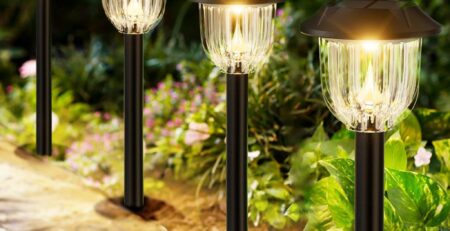
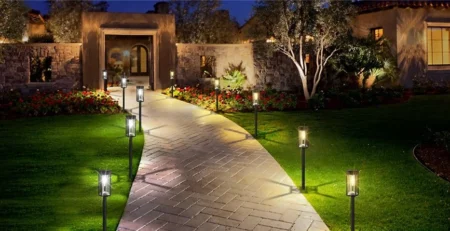
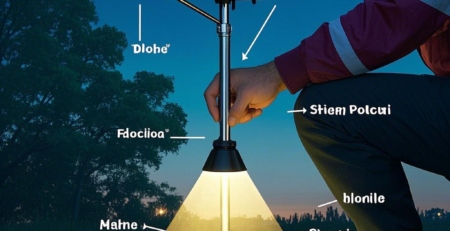
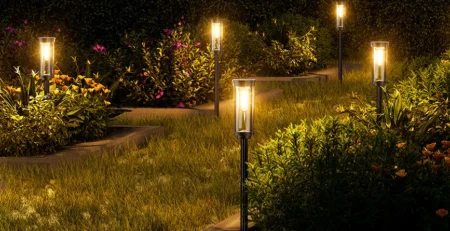

-6-450x231.webp)
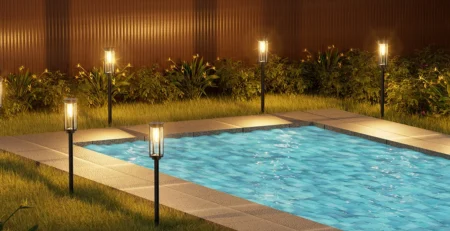
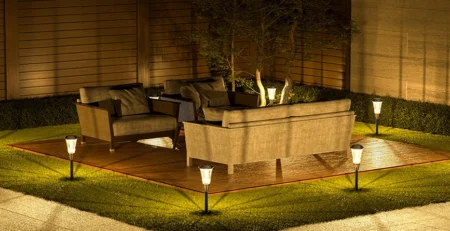
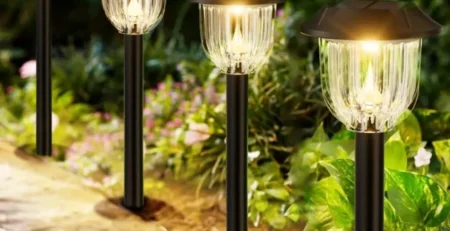
Leave a Reply